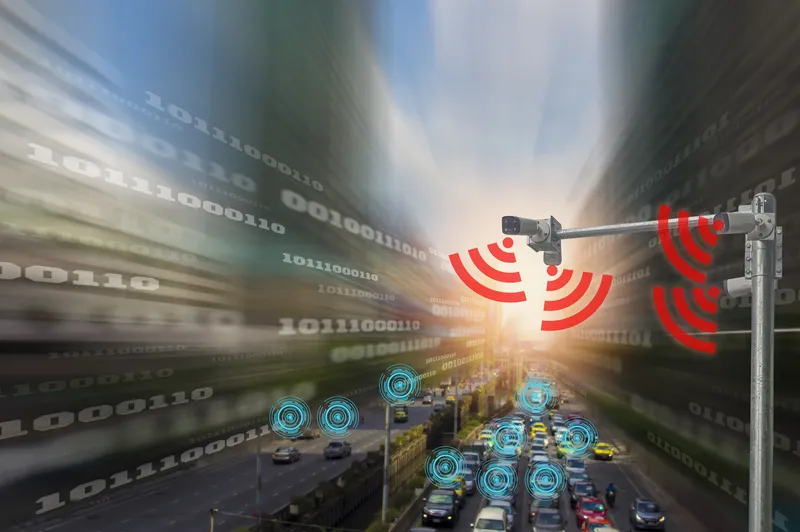Fast charging of electric vehicles (EVs) in Denmark is about to become easier thanks to over US$1.1 million of funding from the EU's TEN-T Programme, which is funding a pilot project upgrading the existing charging stations in Denmark to common European standards. This will allow different types of electric vehicles from all over Europe to travel freely in Denmark and will serve as best practice to other European countries. The pilot project will transform 40 of Denmark’s 46 existing charging stations into
February 24, 2015
Read time: 2 mins
Fast charging of electric vehicles (EVs) in Denmark is about to become easier thanks to over US$1.1 million of funding from the EU's TEN-T Programme, which is funding a pilot project upgrading the existing charging stations in Denmark to common European standards. This will allow different types of electric vehicles from all over Europe to travel freely in Denmark and will serve as best practice to other European countries.
The pilot project will transform 40 of Denmark’s 46 existing charging stations into fast, multi-standard and interoperable facilities to meet the coming European standards and to achieve compatibility with other EU countries.
The project is expected to help develop the electric vehicle infrastructure in both Denmark and the rest of Europe and foster drivers’ acceptance of electric vehicles. Empirical evidence on technical challenges and how to roll out an efficient national network will be collected and reported to other Member States facing the same challenges.
The project also aims to contribute to several environmental benefits, such as reducing noise and local air pollution (especially in cities), cutting CO2 emissions and supporting the growth of a significant green tech industry in Europe.
The project will be monitored by INEA, the1690 European Commission's Innovation and Networks Executive Agency and is to be completed by 31 December 2015.
The pilot project will transform 40 of Denmark’s 46 existing charging stations into fast, multi-standard and interoperable facilities to meet the coming European standards and to achieve compatibility with other EU countries.
The project is expected to help develop the electric vehicle infrastructure in both Denmark and the rest of Europe and foster drivers’ acceptance of electric vehicles. Empirical evidence on technical challenges and how to roll out an efficient national network will be collected and reported to other Member States facing the same challenges.
The project also aims to contribute to several environmental benefits, such as reducing noise and local air pollution (especially in cities), cutting CO2 emissions and supporting the growth of a significant green tech industry in Europe.
The project will be monitored by INEA, the










